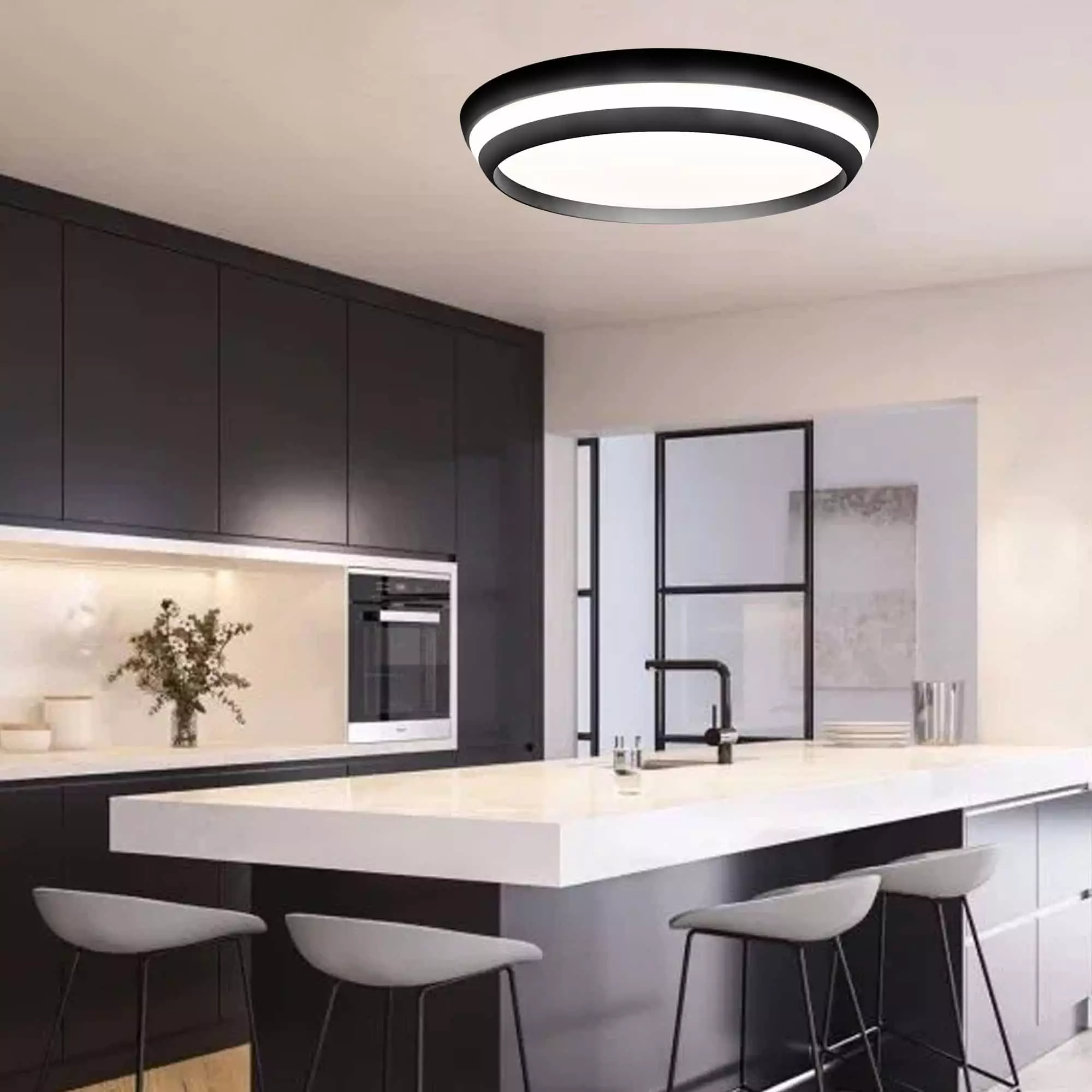4

Layers of Lighting: The What and How
Lighting is an important and fundamental part of a room. Aside from providing that all important illumination, making sure any space is given enough lighting for us to see. From pathways to general lighting, to even lamps, it is an essential component of any place. It also sets up another important facet, mood. For example, have you ever wondered why something did not look right under lighting in your home, but looked great in the shop? Or perhaps you wondered why the mood of a restaurant just felt “off” even though the food and service were spectacular? Have you ever wondered why that piece of art or decor that you just bought felt like it doesn’t shine well in your room compared to the display area? Or why your living room area looks “dull” even when the lights are on? Well this is where layering your lights come into play.
But first, what is layered lighting? It refers to the use of multiple types of lighting within a space to achieve a harmonious look and feel.
Indoor lighting can be divided into three main categories:
- Ambient Lighting: Also known as general lighting, this is the room or space’s primary source of artificial light.
- Task Lighting: It is lighting that is used to serve a specific activity, often focusing on one task.
- Accent Lighting: It is a critical component of interior design, that serves to accentuate or highlight a mood or theme of a space.
Choosing what lights to use and where to put them can make or break the mood of the room. First, you have to set the purpose of the room. Is it a romantic restaurant? A multipurpose hall that needs a lot of illumination? A relaxing bedroom? Or an exhibit space that needs to have works highlighted? The purpose of the room can set how one should layer and pick what kind of lighting the room needs.
But, one also has to consider another lighting source, the sun. Some rooms might have windows that can allow natural light in. And this will affect how lights will interact with natural light, especially during different times of day. One could opt to have natural light in during most of the day, or use natural light and have the indoor lighting accentuate the natural light. Otherwise, these lights might not blend and cause conflict in the ambiance and make your place too bright.
Thus one of the tips would be to split your lighting into multiple sources, allowing yourself the flexibility to pick and use lights as fit during any time of day. Splitting your light sources also adds the availability of indirect lighting. Using indirect lighting can help soften certain unintended shadows and glares that are created with other sources of light.
Considering those, next would be where and in what amount to put these lights. Start with planning the location and the sources of general illumination. Picking one isn’t as easy as there are pros and cons. A central down light can create certain unflattering shadows and some may cause disruption in circadian rhythm. Recessed lighting in a grid can cause the space to become bland looking, thus it is better to usually install them in reference to where the walls and windows are instead. Light dimmers are preferred as you can adjust the lighting to the preferred mood and they can also make sure the space is not over lit. Chandeliers and pendant lights can be used in conjunction with recessed lighting as a center piece and add character to the room. They can also add indirect lighting to even out and minimize glare and shadows. This is helpful with light walls and ceilings to bounce lights.
Task lighting as the second later requires direct lighting to illuminate a certain task. The most obvious can be lamps to illuminate a study or work desk. But not limited to under cabinet lighting to help illuminate a kitchen work area and eliminate shadows cast by overhead lighting. To even having certain lights near seats in a lounge or waiting area so people can use the lights to read. More often than not, you want flexibility with these as well. Allowing you to change angles and adjust the intensity of the lighting in some use case instances like for work benches.
Accent lighting is there to set the mood. It focuses points of interest and creates mood. In most cases for points of interests, a common use is to highlight art pieces such as paintings and wall decor. A recessed directional fixture can be used to this effect. Uplights can be used with plants and sculptures. But an interesting note can be called to more decorative pieces. Decorative lighting such as lamps, scones, chandeliers, pendants and drop lights can be considered to set the mood and theme of a room. These can be used to personalize a room and create a sense of drama within.
But this is just the basics. You can now play with layering techniques. Vertical layering uses the interplay of lighting via different heights within the same space. There is also Horizontal Layering, where one arranges lighting on the same eye level to open up spaces or to create attention towards a certain piece in the room. And there’s depth layering, where you can create a dramatic effect by identifying a foreground and background and creating contrast between them.
At Cebu Home and Builders, we have a complete range of lighting for you to choose from to light up your home and projects. Whether its decorative lighting or more practical pieces, we have a wide range of lighting and the needed parts to help bring your projects to life.





